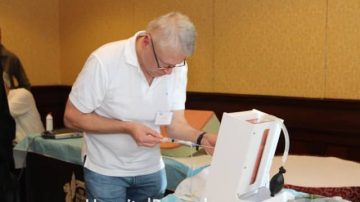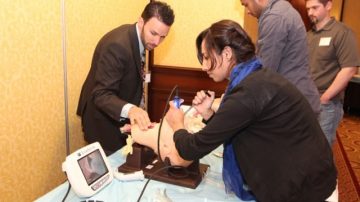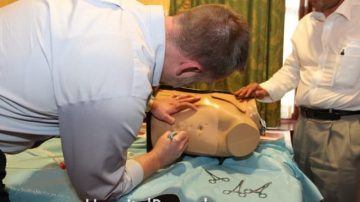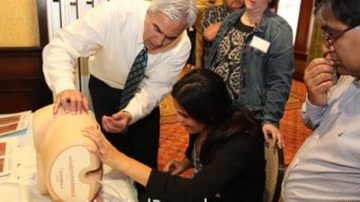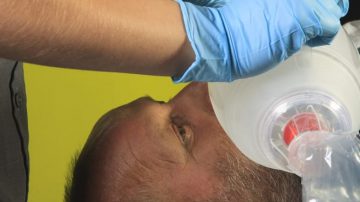More Articles – Cardiovascular diseases, Featured, Gastrointestinal diseases, medical procedures, Thoracentesis
More Tags – ascites, cirrhosis, featured, hepatic hydrothorax, HPC updates, pleural effusion, thoracentesis
This blog summarizes a recent update reviewing current management recommendations for hepatic hydrothorax (HH). Hepatic hydrothorax is a complication of decompensated cirrhosis with portal hypertension. Sixty percent of patients accumulate both ascitic fluid and pleural fluid as a result of portal…
Read More
